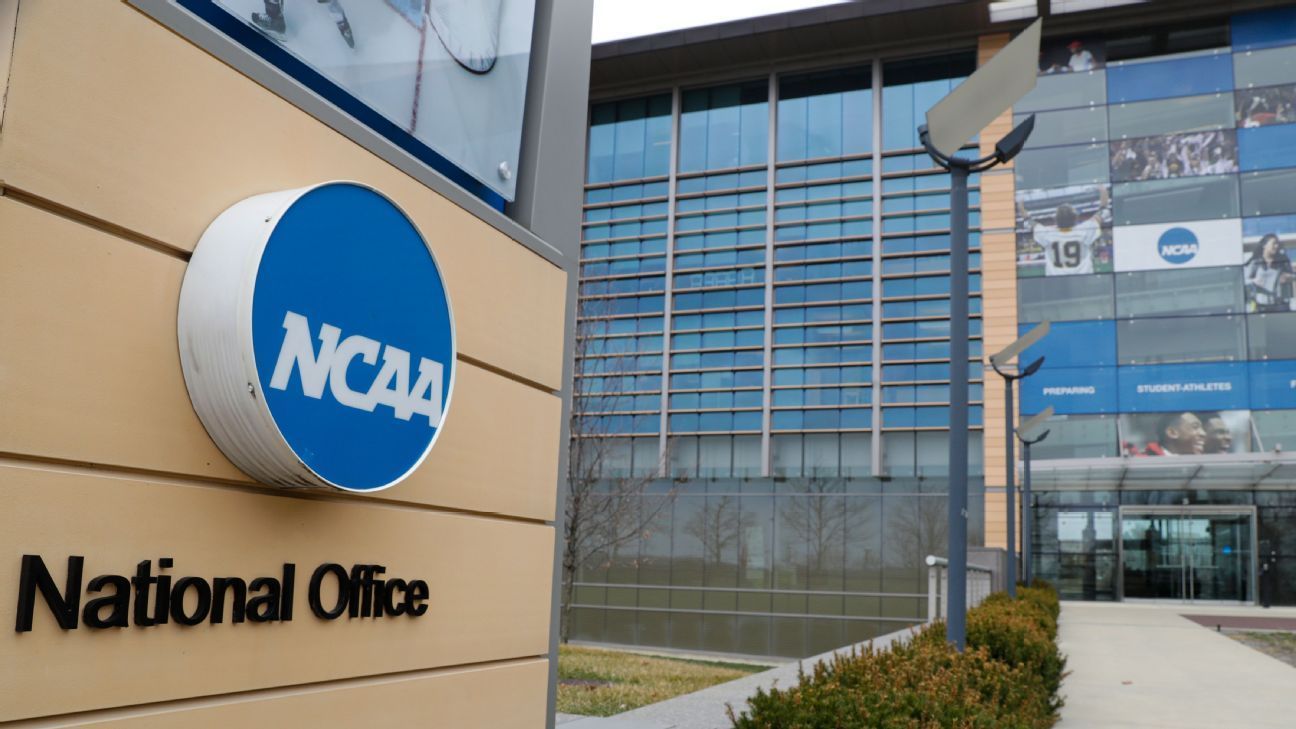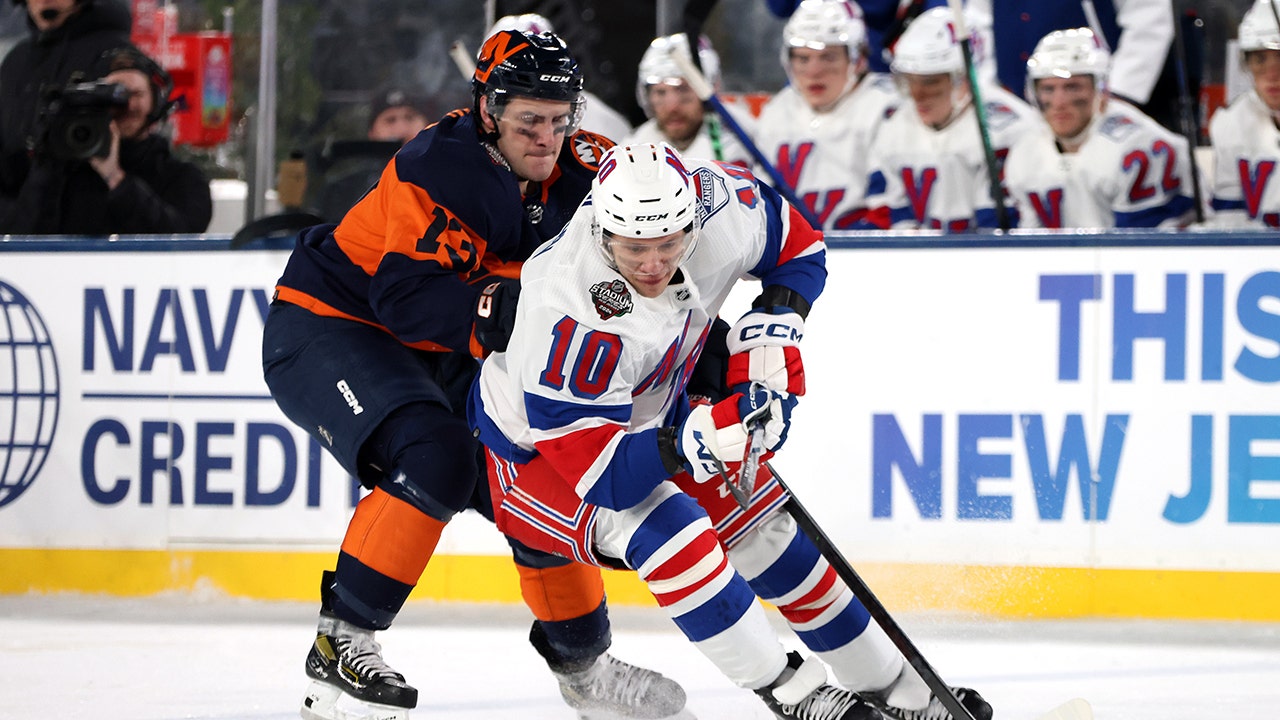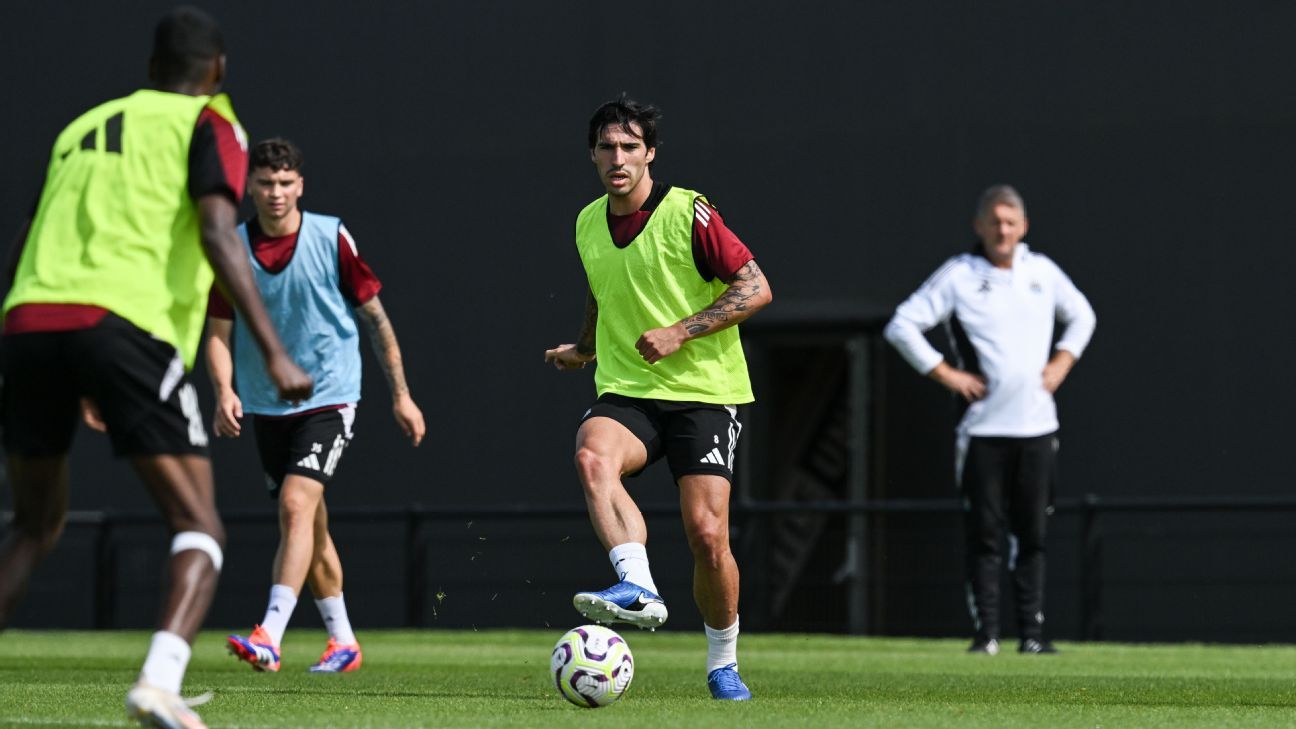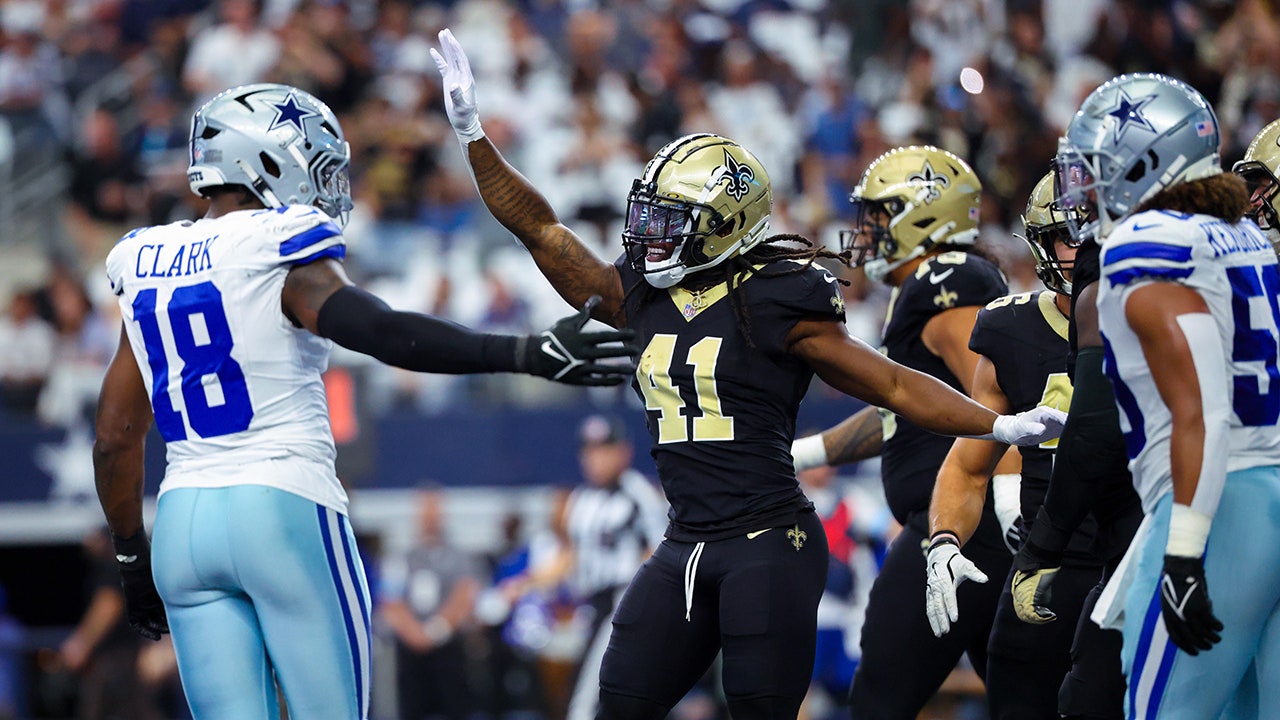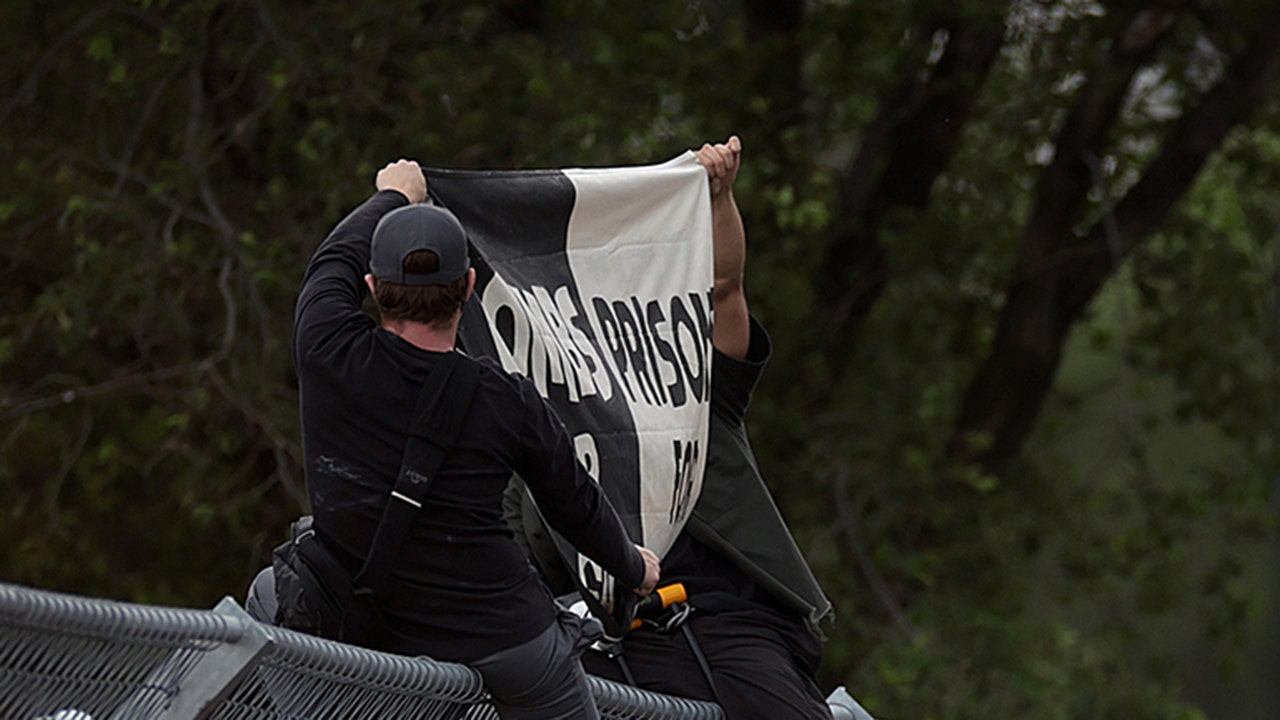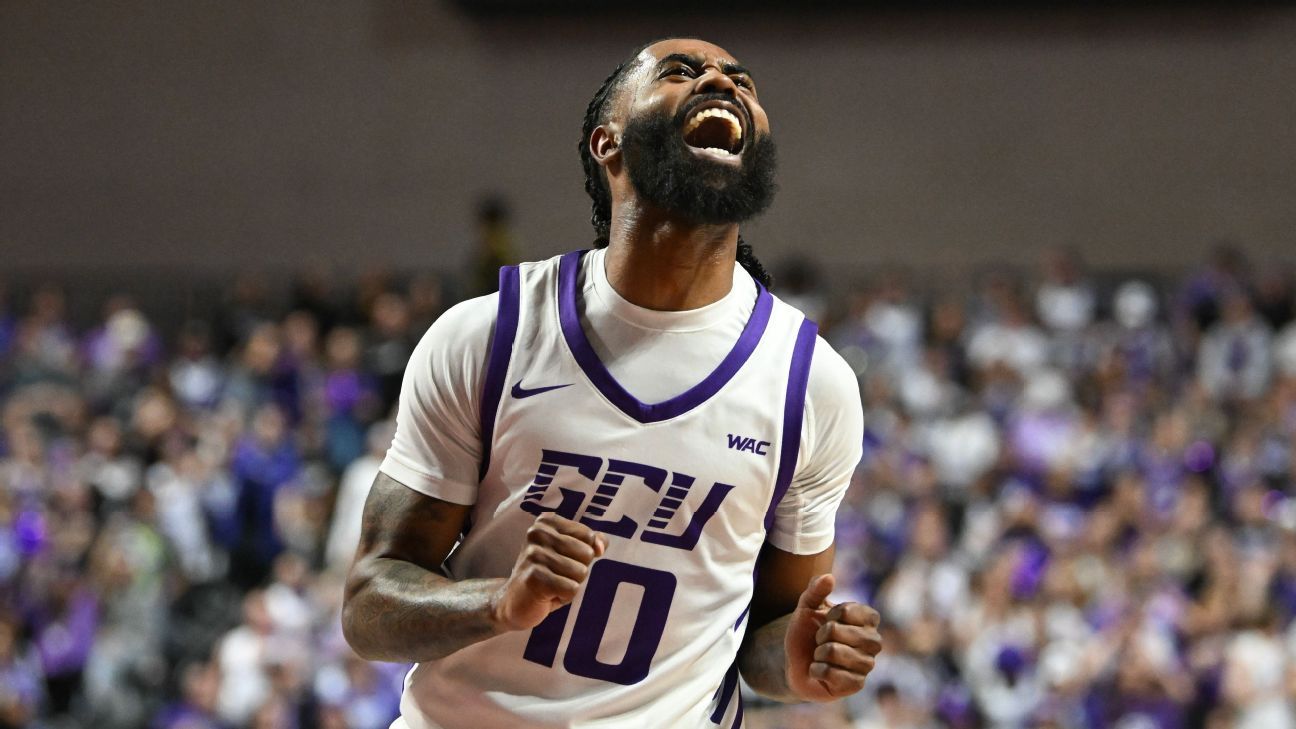The NCAA, its five powerful conferences and attorneys representing a group of Division I athletes on Friday laid out detailed terms of an antitrust lawsuit that has the potential to reshape the business of college sports.
The sides agreed in late May to settle three lawsuits — House v. NCAA, Hubbard v. NCAA and Carter v. NCAA — over the various ways schools compensate their athletes. Friday’s filing is the first of several major steps toward formalizing the settlement. The new details outline how former athletes will share the $2.78 billion in damages the NCAA agreed to pay, establishes a new revenue-sharing system and outlines new payroll caps for a long list of college sports, among other items.
“This is another important step in the ongoing effort to provide greater benefits to student-athletes while creating a stable and sustainable model for the future of college sports,” the NCAA and its major conferences said in a statement Friday night. “While there is still much work to be done in the settlement approval process, this is a significant step toward establishing clarity about the future of all Division I sports while maintaining a durable education-based model for college sports, ensuring the opportunity for student-athletes to earn a degree and the tools necessary to succeed in life after sports.”
For the first time, schools will be able to pay their athletes directly through name, image and likeness (NIL) agreements under the terms of the deal. Each school would be able to contribute up to 22% of the average revenue that major conference schools generate from media rights, ticket sales and sponsorships, a sum expected to be between $20 million and $22 million per school when the agreement takes effect at the start of the 2025-26 academic year.
Athletes could still make money from NIL deals with third parties, but the NCAA said the agreement will allow it to install a “more robust and effective monitoring and enforcement program” to ensure those third-party deals are “legitimate NIL activities.” Many athletes, especially in football and basketball, currently receive money from sponsorship collectives, which have evolved to serve as outsourced payrolls to attract top players rather than payments for an athlete’s actual value as a sponsor. The NCAA hopes its new system will reduce those types of deals.
The NCAA plans to create a database of NIL deals to try to objectively evaluate whether agreements between an athlete and a third party qualify as a legitimate endorsement deal. Several coaches and athletic directors have told ESPN in recent weeks that they anticipate some form of NIL payments from collectives will continue to occur.
The agreement allows the court to appoint a “special master” to rule on any disputes related to the new rules on player compensation. This marks a notable shift from the NCAA’s history of using its own enforcement arm to determine whether any athlete or school is violating its compensation rules. The agreement would also set up an arbitration process for players and schools to object to any punishment under the new rules.
The two sides have not yet determined who will act as the new enforcement entity or who will oversee the arbitration process for any future disputes.
The $20 million to $22 million figure that effectively serves as the salary cap will rise over time as league revenues increase. Experts cited in the court papers said they expect the cap figure to rise to nearly $33 million per school by the end of the agreement’s 10-year term. The NCAA and plaintiffs’ attorneys said those payments, when combined with tuition and other benefits athletes already receive, will create a system in which many schools share about half of the revenue they generate with athletes. That figure is comparable to revenue-sharing agreements in professional sports.
Steve Berman, co-lead attorney for the athletes, said reaching a revenue split close to 50/50 was his intention during negotiations.
“That was what we had in mind, yes,” Berman said.
The 50/50 split calculation looks at all of the school’s athletes as a group rather than on a sport-by-sport basis. For example, it’s highly unlikely that football players, who generate the bulk of most schools’ revenue, would receive 50% of the money the football team generates. Some of those benefits must be distributed equitably because of Title IX regulations. The agreement doesn’t provide detailed instructions on how to apply Title IX to these new benefits, leaving some potentially complicated decisions up to each school.
Law firms led by Berman and his co-lead attorney, Jeffrey Kessler, will be responsible for auditing the NCAA schools’ financial statements over the course of the 10-year agreement to ensure the schools are correctly reporting their revenue.
In the past damages case, plaintiffs’ attorneys presented a proposed formula to decide how to divide the money among eligible athletes. Any Division I athlete who played a sport from 2016 to the present is eligible to receive past damages. The 2016 limit is due to the statute of limitations in the initial House v. NCAA lawsuit, which was filed in 2020. The formula takes into account a number of factors, including what school the athlete attended and how many snaps or minutes he or she played.
Berman said football and men's basketball players from major-conference schools will be eligible to receive an average of $135,000. Women's basketball players from major conferences could receive an average of $35,000. The likely payout for athletes in other sports will depend on how many file claims.
For some, part of the payouts will also be based on the athletes' potential earning power if they had been able to sign NIL contracts while in school. Berman said the highest estimated individual payout for an athlete will be $1.8 million.
As part of the settlement, the NCAA agreed to remove any limits on the number of scholarships a school can award to athletes. Previously, NCAA rules dictated a certain number of scholarships per sport. If the settlement is approved, there will be a limit on the total number of players each team can have on its roster, and each school will decide individually how many of those players it wants to award scholarships.
Judge Claudia Wilken is expected to review the terms of the proposed settlement over the next few weeks and decide whether to preliminarily accept them in early September or sooner. The settlement proposes that a notification be sent to athletes about the details of the settlement on Oct. 1 and that the deadline for athletes to object to its terms be 105 days later, on Jan. 14.
Berman said the plaintiffs plan to launch a website that will allow all athletes to calculate how much money they could receive from the damages fund.
After the athletes have a chance to review the terms, Judge Wilken will make a final decision on whether to accept the deal. That decision is not expected to be made until late 2024 or early 2025.

